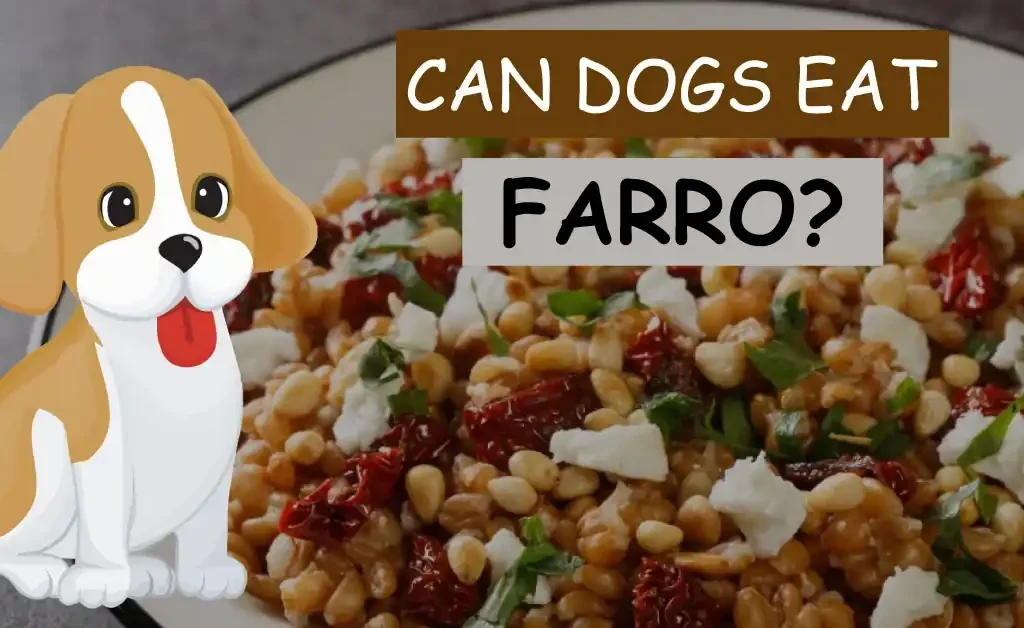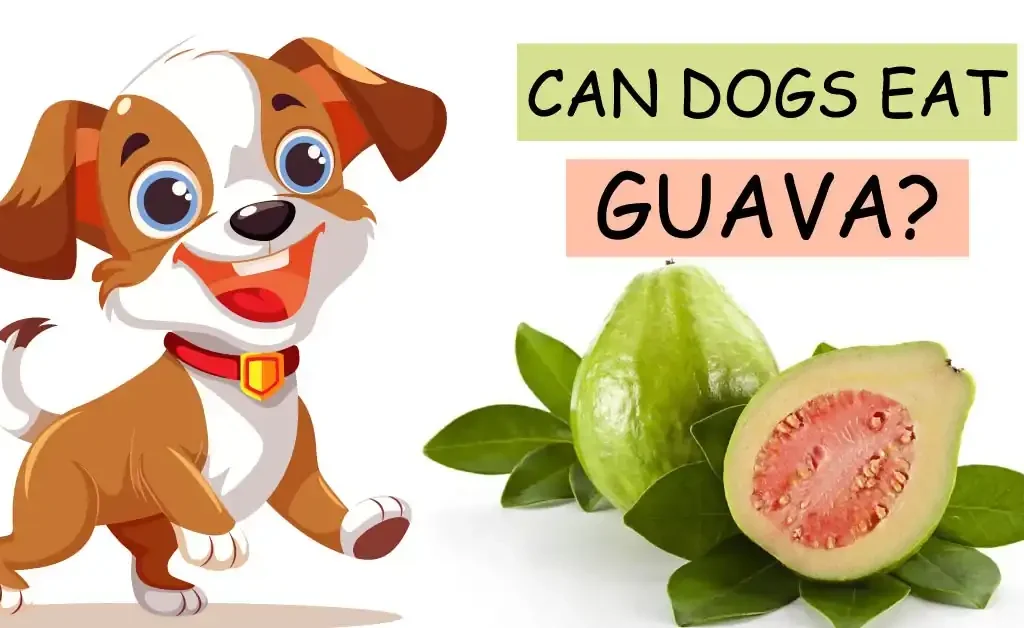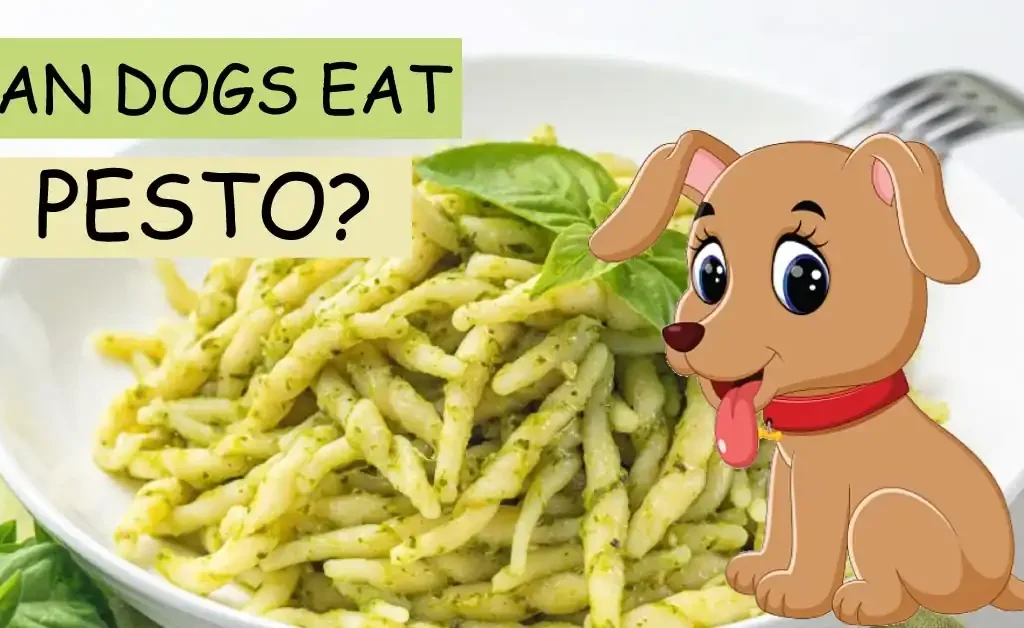Dogs can eat Farro in moderation. An ancient grain called Farro is generally healthy for dogs to eat. The main component of a dog’s diet should be balanced and comprehensive dog food because canines have different nutritional needs than humans.
Start with modest dosages as well, and watch your dog’s reaction. After introducing Farro to your dog’s diet, keep an eye on their digestion and general health. Some dogs have known grain allergies.
Can dogs eat Farro? As with any new food, it’s always a good idea to speak with your vet before making significant dietary changes for your dog. They can offer tailored guidance based on your dog’s requirements and health situation.
What Farro Exactly Is?
Farro, an ancient grain grown for thousands of years, is a particular wheat variety and is frequently called emmer wheat. Because of its chewy texture and nutty flavor, it is a common ingredient in many cuisines.
Farro comes in various forms, including whole, semi-pearled, and pearled. The whole Farro needs more cooking time because the outer husk remains. The outer husk is partially removed from the semi-pearled Farro, reducing the time required for cooking.
Most of the outer husk is removed from pearled Farro, making it the easiest to prepare and the least nutrient-dense of the three types. Farro is a grain often used instead of rice or pasta in several recipes, including salads, soups, and pilafs. It can be prepared or combined with other ingredients to make savory and nourishing dishes.
Health Benefits of Serving Farro to Dogs in Moderation
It is known for its nutritional advantages. It is a source of protein, fiber, complex carbs, and other vitamins and minerals like magnesium and iron. Although it is not entirely gluten-free and might not be good for dogs with gluten sensitivities or allergies, it is also lower in gluten than contemporary wheat variants.
Farro can provide some nutritional elements when added to a dog’s diet. The following are some crucial aspects of Farro that may be helpful.
1. Fibre
The amount of dietary fiber in Farro greatly influences a dog’s digestive health. Fibre gives stool volume, encouraging regular bowel movements and preventing constipation. It also supports appropriate digestion and nutrient absorption and helps to maintain healthy gut flora.
2. Protein
Farro has a moderate quantity of protein necessary for several bodily processes in dogs. Amino acids, the building blocks for tissues, muscles, enzymes, hormones, and antibodies, make up protein. A sufficient protein diet promotes muscle growth, repair, and development. Puppies, energetic dogs, and those recovering from illnesses or injuries should pay special attention to it.
3. Minerals and Vitamins
- B Vitamins
Niacin (vitamin B3) and thiamine (vitamin B1) are two of the B vitamins present in Farro. Niacin maintains healthy skin and coat, normal nervous system function, and energy metabolism. Thiamine is essential for carbohydrates’ metabolism and supports a healthy neurological system and hunger.
- Magnesium
Farro is a magnesium source, a mineral necessary for many body processes. Magnesium is essential for healthy bones, enzyme functioning, energy metabolism, and nerve and muscle function.
- Phosphorus
Phosphorus is essential for cell function, energy metabolism, and bone and tooth development. Together with calcium, it helps maintain a sound skeletal system.
- Iron
Farro contains iron, which is essential for producing hemoglobin in red blood cells, enabling the body to transfer oxygen. Additionally, iron promotes normal development, brain function, and immune system health.
Can dogs eat Farro grain? Farro grain contains essential nutrients but shouldn’t replace a balanced and complete dog diet. Specially developed dog chow has the right proportions of protein, vitamins, and minerals to fulfill its unique nutritional demands.
Farro can be added sometimes or used as a reward, but it should be something other than the dog’s primary source of nutrition. Thus, it is suggested to consult a vet before adding any new meal to your pet’s eating regimen.
Possible Risks of Consuming Too Much Farro
Is Farro good for dogs? There are certain potential dangers and considerations when feeding Farro to dogs. Here are some specific things to consider:
1. Gluten Sensitivity
Farro includes gluten, a protein in cereals like wheat. Some dogs are allergic to gluten, which can cause adverse reactions when they eat foods like Farro that contain gluten.
Gluten-intolerant dogs may have digestive problems, skin conditions, or allergic responses. It is suggested to avoid giving your dog Farro if they have known gluten allergies or a history of negative reactions to grains.
2. Digestive Problems
Farro can be a source of dietary fiber, but some dogs may have trouble digesting it because of its high fiber level. Abruptly introducing increased amounts of fiber can upset the stomach and result in gas, bloating, or loose stools.
Farro must be gradually incorporated into your dog’s food, and you must monitor their digestion for any negative reactions. Farro may also not be well tolerated by dogs with sensitive stomachs or those with digestive problems.
3. Nutritional Imbalance
Can dogs eat Farro grain? The grain Farro is a source of carbs, with some protein, vitamins, and minerals at moderate levels. Dogs, however, have unique dietary demands, and their primary diet should consist of balanced, complete dog chow that satisfies these requirements.
It can result in nutritional imbalances or deficits if a dog’s diet consists primarily of Farro or other human foods. You must contact a veterinarian to ensure your dog’s diet is nutritionally appropriate and balanced.
4. Overfeeding and Weight Gain
Like any other grain, farro contains calories. If you feed it excessively or include it too regularly without reducing their overall calorie intake, farro can cause weight gain and obesity in dogs. When adding Farro to your dog’s food, it’s crucial to consider the calorie count and portion size.
5. Choking Risk
The Farro grains could be a choking risk, particularly for little dogs or those who tend to swallow their food, depending on their size and texture. Before giving Farro to your dog, make sure it is cooked thoroughly, mushy, and broken up into manageable pieces to reduce the risk.
Before introducing any new food, including Farro, to your dog’s diet, it is always advised to speak with your veterinarian. They can offer tailored guidance based on the particular requirements, medical issues, and potential risks of specific components for your dog.
Read More: Can Dogs Eat Black Eyed Peas?
How to Prepare Farro for Dogs?
Following these general instructions, you may make a Farro diet for your dog at home. It is important to cook farro properly to ensure your dog’s overall health. It also reduces the risks of uncooked or raw farro diets in dogs.
1. Pick the Right Farro
Choose whole or semi-pearled Farro. These varieties retain more nutritional value than completely pearled Farro, which has removed most of its outer husk. Cooking times will be longer for whole grains of Farro.
2. Preparation Method
- Thoroughly rinse the Farro with cold water to remove dirt. Then, prepare it as directed on the package or as follows:
- Three cups of water or low-sodium broth and 1 cup of rinsed Farro should be combined in a pot.
- After bringing it to a boil, turn the heat to a simmer.
- Cook the Farro for about 25 to 40 minutes or until it is soft and chewy. Adjust the cooking time based on the type of Farro you’re using.
- Before serving, drain out any extra liquid and let the Farro cool.
- Determine the right portion size based on your dog’s size, age, and activity level. It is best to speak with your vet to ascertain your dog’s ideal serving size. Generally, begin with tiny servings and watch your dog’s reaction to the Farro.
3. Add Suitable Ingredients
You can sprinkle other ingredients to improve the flavor and nutritional content of the cooked Farro. Several possibilities are:
- Lean proteins, such as skinless, boneless chicken, turkey, or fish that has been cooked.
- Steamed or cooked vegetables, including carrots, green beans, or peas (avoid onions, garlic, or other poisonous veggies).
- Cottage cheese or plain, unsweetened yogurt in small doses for probiotic and calcium supplements.
4. Do Not Add Seasonings or Additives
Do not season the Farro or other ingredients with salt, spices, butter, oils, or other seasonings. Depending on their sensitivities, dogs might be hazardous or sensitive to particular herbs.
5. Introduce Farro Gradually
When adding Farro to your dog’s food, start with small portions and build them up gradually over time. Check out for any allergic reactions or digestive problems in your dog. Stop using Farro and speak with your veterinarian if any negative responses happen.
Always remember that a complete and nutritionally balanced commercial dog food should make up a dog’s well-balanced diet. If a doctor expressly advises it based on your dog’s unique needs, Farro can be used as an occasional treat or addition to the main meal.
What Types of Farro are Safe for Dogs to Consume?
Whole grain farro is the most suitable and safe variety for our canine friends. This type retains the bran and germ layer with high nutritional values. However, you can give semi-pearled and pearled farro to dogs in moderate amounts.
Although farro is not an inflammatory grain, some breeds may be allergic to farro. You can diagnose these grain allergies simply by monitoring your pet while feeding Farro. The signs and symptoms of these allergies include skin rashes, itching, digestive upset, stomach ache, etc.
You must consult a vet and take your pet for the recommended allergy test to determine which grain is safe to add to their diet. You can choose grain-free foods if your pet is allergic or sensitive to Farro.
Tips for Feeding Farro to Dogs
Farro is an ancient grain highly rich in nutrients, including protein, fiber, and essential vitamins and minerals, which benefit your furry friends. All the benefits can be availed when the amount of farro is in moderation and does not exceed the daily limit dose.
Providing an excessive amount of farro can lead to several health issues. Pet owners must take all the precautionary steps while introducing their dog to the new meal. The following are some of the key factors that should be kept in mind when introducing farro.
1. Initiate With a Small Amount
When you start giving your pet a new meal, initiate it in small doses. Serving small amounts or portions allows you to observe any changes that might cause an adverse reaction in your dog.
2. Changes in Behaviour and Digestive System
Whenever there is a change in diet plan or any flip in the ingredients it is essential to monitor your furry friend for the reactions. You should observe changes in behavior, level of energy, and overall health of your canine companion.
There may be changes that might be beneficial for your dog, such as improving its digestion rate and making its coat shinier. For the negative impact, immediately ask your vet for better accommodation regarding your pup’s medical condition.
3. Observe Weight Management
Farro is a calorie-dense grain that might significantly impact your pet’s body weight. If you feed your dog regularly, there is a greater chance that they might gain weight, which ultimately lead to several health-related issues. For better management, consult your vet to set the daily adequate amount for your dog, which helps avoid all the consequences mentioned above.
Last Words
Can dogs eat Farro? Is this grain enough to fulfill the nutritional needs of my dog? No, it is not. Farro is not suitable for dogs with gluten intolerance. You must contact a veterinarian before adding any dietary supplement to your dog’s diet to ensure he has no medical problem with the added food.
Frequently Asked Questions (FAQs)
Q1. What is the most digestible grain for dogs?
A: Dogs have a delicate digestive system that can not bear more complex diets. Oats and brown rice are some of the most digestible grains for our canine buddies. Other safe and digestible grains include quinoa, barley, and wheat.
Q2. Where can I get Farro grain?
A: Farro grain is a renowned cereal among humans. It is readily available in departmental stores or supermarkets. You can buy it online as well. Seek the store’s reputation before placing your order.
Q3. Is Farro enough to fulfill protein requirements in dogs?
A: No, Farro does not have enough protein to fulfill the dog’s requirement. You must feed your dogs fresh meat, boiled chicken, and mutton.




